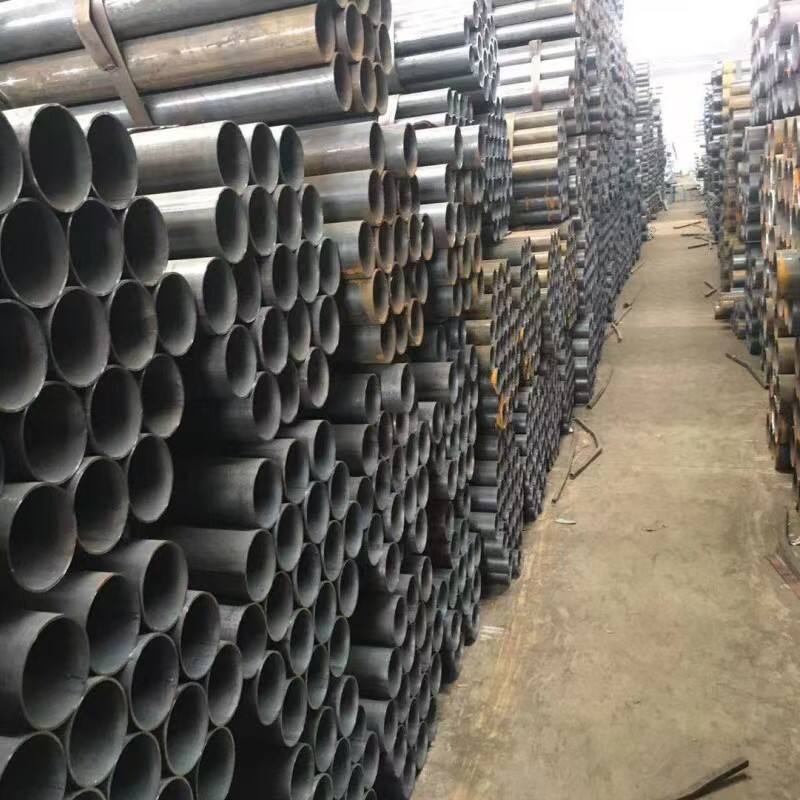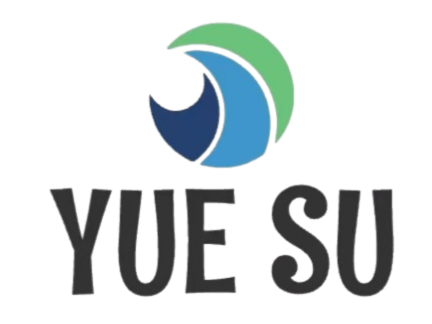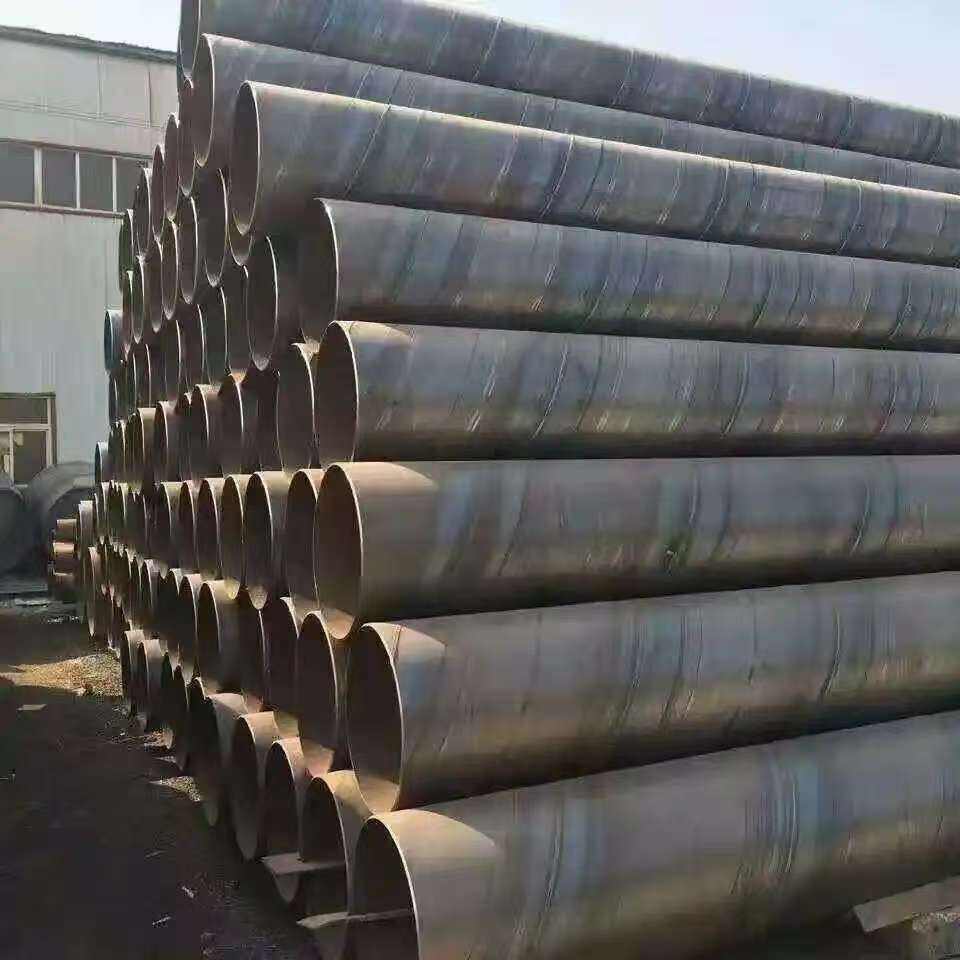Understanding the Fundamental Differences in Steel Pipe Manufacturing
The selection of steel pipes for industrial applications requires careful consideration of manufacturing methods, performance requirements, and cost implications. Steel pipes form the backbone of numerous industries, from oil and gas to construction and manufacturing. The two primary categories - seamless and welded steel pipes - each offer distinct advantages and specific use cases that can significantly impact project success.
Making an informed decision between these two types demands a thorough understanding of their manufacturing processes, inherent characteristics, and suitability for different applications. This comprehensive guide will explore the essential factors to consider when choosing between seamless and welded steel pipes, helping you make the most cost-effective and reliable choice for your specific needs.
Manufacturing Processes and Their Impact on Performance
Seamless Steel Pipe Production Methods
Seamless steel pipes are manufactured through a sophisticated process that begins with a solid round steel billet. The billet is heated to extreme temperatures and then pierced using a mandrel, creating a hollow shell without any welding. This process, known as hot working, continues as the shell is rolled and stretched to achieve the desired dimensions. The result is a pipe with uniform strength throughout its circumference.
The absence of a weld seam in seamless steel pipes provides inherent advantages in terms of structural integrity and pressure resistance. The continuous grain flow around the circumference ensures consistent mechanical properties and eliminates potential weak points that could develop along a weld line.
Welded Steel Pipe Manufacturing Techniques
Welded steel pipes are produced by forming flat steel plates or strips into a cylindrical shape and joining the edges through various welding processes. The most common methods include Electric Resistance Welding (ERW) and Submerged Arc Welding (SAW). Modern welding technologies have advanced significantly, producing high-quality welds that can match the strength of the base material.
The welding process creates a seam along the length of the pipe, which historically has been considered a potential weak point. However, contemporary welding techniques and quality control measures have largely mitigated these concerns, making welded steel pipes a reliable and cost-effective option for many applications.

Performance Characteristics and Application Considerations
Pressure Handling Capabilities
When it comes to handling high-pressure applications, seamless steel pipes traditionally hold an advantage. The absence of a weld seam means there's no potential weak point under extreme pressure conditions. This makes seamless pipes particularly suitable for high-pressure applications in the oil and gas industry, chemical processing, and power generation facilities.
However, modern welded steel pipes with high-quality welds can also perform admirably under pressure. The key lies in proper specification and selection based on the specific pressure requirements of the application. Many welded pipes are now certified for high-pressure services, offering a more cost-effective alternative in applications where absolute maximum pressure resistance isn't critical.
Temperature and Corrosion Resistance
Both seamless and welded steel pipes can be manufactured from various grades of steel, including those specially formulated for high-temperature or corrosive environments. The choice between the two often depends more on the specific grade of steel used than the manufacturing method. However, in extreme temperature applications, seamless pipes may offer advantages due to their uniform material structure.
Corrosion resistance is primarily determined by the material composition and any protective coatings applied, rather than the manufacturing method. Both types can be effectively protected through various surface treatments and coatings, though careful attention must be paid to protecting welded areas in welded pipes.
Economic Considerations and Market Availability
Cost Analysis and Production Efficiency
Welded steel pipes generally offer a more economical solution compared to their seamless counterparts. The manufacturing process for welded pipes is more efficient and requires less energy, resulting in lower production costs. This cost advantage makes welded pipes particularly attractive for projects where budget constraints are a significant factor.
The higher cost of seamless steel pipes is offset by their superior performance in certain applications, making them a cost-effective choice where maximum reliability and safety are paramount. When conducting a cost analysis, it's essential to consider the entire lifecycle of the installation, including maintenance and potential replacement costs.
Supply Chain and Availability Factors
Welded steel pipes are generally more readily available in a wider range of sizes and specifications due to their simpler manufacturing process. This availability can lead to shorter lead times and more flexible ordering options. The production of seamless pipes requires more specialized equipment and processes, which can result in longer lead times and more limited size options.
Market availability should be considered early in the project planning phase, as it can significantly impact project timelines and costs. Working with reliable suppliers who can provide accurate lead time information and maintain consistent quality standards is crucial for both types of steel pipes.
Industry-Specific Selection Criteria
Oil and Gas Industry Requirements
The oil and gas industry often requires steel pipes that can withstand extreme pressures, temperatures, and corrosive environments. Seamless pipes are frequently preferred for critical applications such as downhole tubing and high-pressure transmission lines. However, welded pipes meeting appropriate specifications are widely used in less demanding applications within the industry.
The selection process in this sector must carefully consider factors such as operating pressure, temperature fluctuations, and the chemical composition of transported materials. Industry standards and regulations often play a decisive role in determining which type of pipe is acceptable for specific applications.
Construction and Infrastructure Applications
In construction and infrastructure projects, welded steel pipes are often the preferred choice due to their cost-effectiveness and adequate performance characteristics for most applications. These pipes are commonly used in water distribution systems, structural applications, and general mechanical systems where moderate pressure ratings are sufficient.
The selection criteria in these sectors typically focus on factors such as load-bearing capacity, corrosion resistance, and long-term durability. The availability of welded pipes in larger diameters makes them particularly suitable for infrastructure projects requiring substantial pipe networks.
Frequently Asked Questions
What are the primary advantages of seamless steel pipes?
Seamless steel pipes offer superior pressure handling capabilities, uniform strength throughout the circumference, and excellent performance in high-stress applications. They are particularly advantageous in situations requiring maximum reliability and safety, such as high-pressure systems and critical industrial processes.
When should welded steel pipes be considered over seamless options?
Welded steel pipes are ideal for applications with moderate pressure requirements, where cost-effectiveness is a priority, and in projects requiring larger diameter pipes. They are particularly suitable for construction, water distribution, and general industrial applications where extreme pressure resistance isn't necessary.
How do maintenance requirements differ between seamless and welded pipes?
Both types of steel pipes require regular inspection and maintenance, but welded pipes may need additional attention along the weld seam. Seamless pipes generally offer more uniform maintenance requirements across their entire surface. However, modern welding techniques have significantly reduced the maintenance differences between the two types.
What role does pipe diameter play in the selection process?
Pipe diameter is a crucial factor in the selection process, as larger diameters are more readily available in welded pipes. Seamless pipes have size limitations due to manufacturing constraints, while welded pipes can be produced in a broader range of diameters. This difference often influences the choice, particularly in large-scale infrastructure projects.



